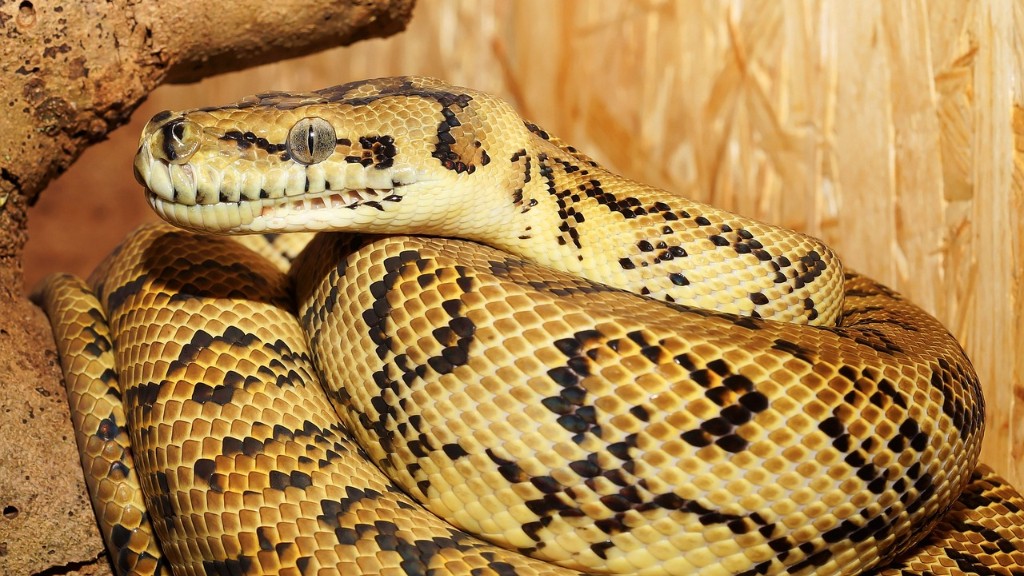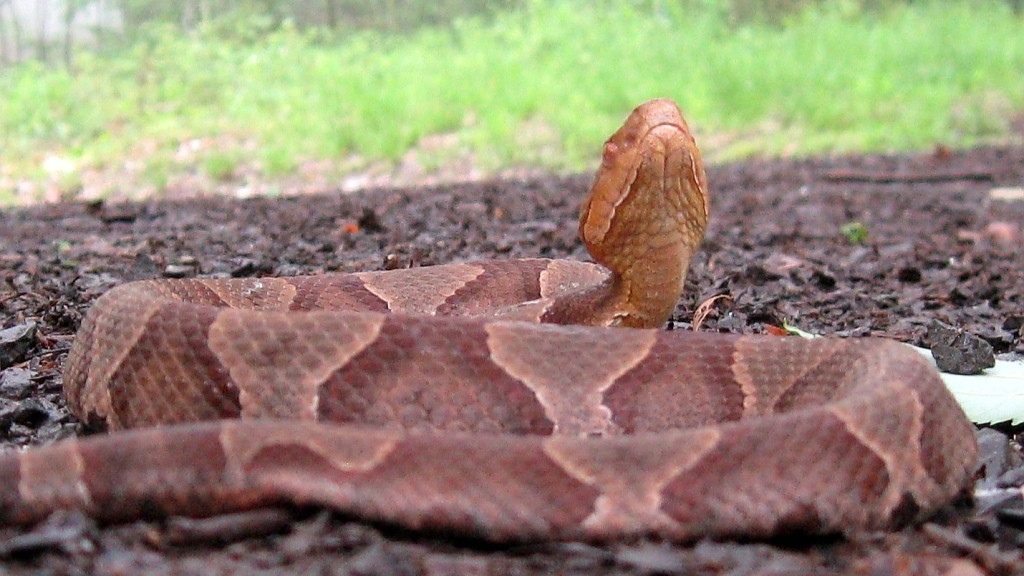Do Moth Balls Keep Copperhead Snakes Away?
Introduction:
Snake repellents have been a topic of interest for homeowners seeking to protect their properties from potential encounters with venomous snakes. Among the various methods suggested, the use of mothballs as a deterrent for copperhead snakes is a commonly mentioned approach.
However, it is crucial to examine this claim objectively and assess the effectiveness of mothballs in repelling copperhead snakes. In this article, we will delve into the topic, examining anecdotal evidence, scientific research experiments, and observations to present a comprehensive analysis.
Anecdotal Evidence:
Firstly, it is important to acknowledge the anecdotal evidence suggesting the efficacy of mothballs in deterring copperhead snakes. Many homeowners claim to have successfully kept these venomous reptiles away from their properties by strategically placing mothballs in specific areas.
According to these accounts, the strong odor emitted by mothballs is believed to be repulsive to snakes, leading them to avoid the treated areas. This belief stems from the assumption that snakes rely heavily on their sense of smell in navigating their surroundings and locating prey.
Evidence from Scientific Research Experiments:
While anecdotal evidence may provide some insights, it is crucial to turn to scientific research to obtain a more objective understanding of the effectiveness of mothballs in repelling copperhead snakes.
Research conducted at reputable institutions has shown mixed results regarding the efficacy of mothballs as snake repellents. Some studies have indicated that mothballs can deter certain snakes, including garter snakes and rat snakes, due to the strong odor they emit. However, the effectiveness of mothballs in repelling copperhead snakes specifically has not been conclusively proven.
Moreover, it is important to highlight that snakes possess a highly developed sense of smell, allowing them to differentiate between potential threats and environmental cues. While the strong odor of mothballs may initially deter snakes, the reptiles can potentially adapt and become habituated to the scent over time.
Furthermore, it is essential to consider the potential adverse effects of mothballs on the environment, as these products contain naphthalene or paradichlorobenzene, which are toxic chemicals. Indiscriminate and excessive use of mothballs can harm not only snakes but also other wildlife and even humans.
Observational Evidence:
Observations made by snake experts and herpetologists also provide valuable insights into the effectiveness of mothballs in snake deterrence. Many professionals argue that snakes rely on more than just their sense of smell to navigate their surroundings and make choices.
Snakes primarily sense their environment through their highly sensitive tongue-flicking behavior, which enables them to gather information about their surroundings, including temperature, vibrations, and chemical cues. While odor plays a role in their perception, it is not the sole factor determining their behavior.
This observation suggests that relying solely on mothballs to keep copperhead snakes away may not be effective in the long term. Snake repellents should be used in conjunction with other measures, such as habitat modification and physical barriers, to achieve optimal results.
Conclusion:
In conclusion, the claim that mothballs effectively repel copperhead snakes requires careful examination. While anecdotal evidence suggests their efficacy, scientific research experiments and observations provide a more nuanced perspective.
Based on the available evidence, the use of mothballs as a standalone snake repellent may not yield consistent results, particularly when targeting copperhead snakes. To effectively deter these venomous reptiles, a comprehensive approach that combines habitat modification, physical barriers, and potential repellents should be considered.
Furthermore, it is essential to prioritize environmentally friendly alternatives to potentially harmful chemicals, such as mothballs, to minimize negative impacts on wildlife and ecosystems. Consultation with snake experts and pest control professionals can provide valuable guidance in implementing effective snake deterrent strategies.



